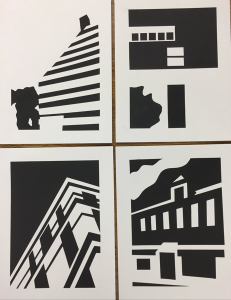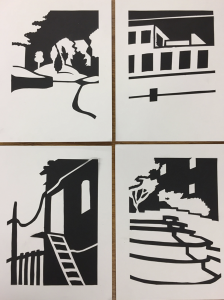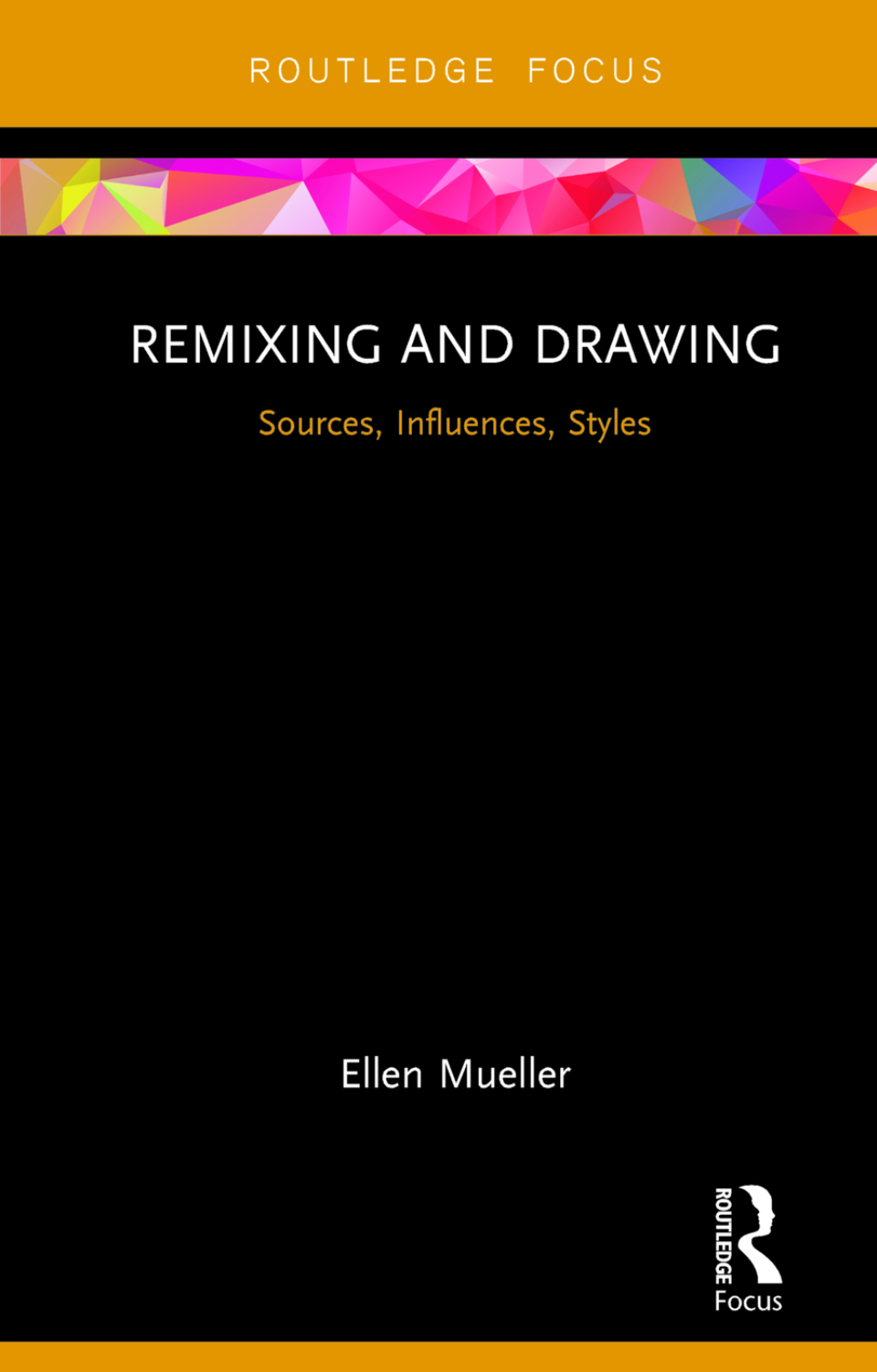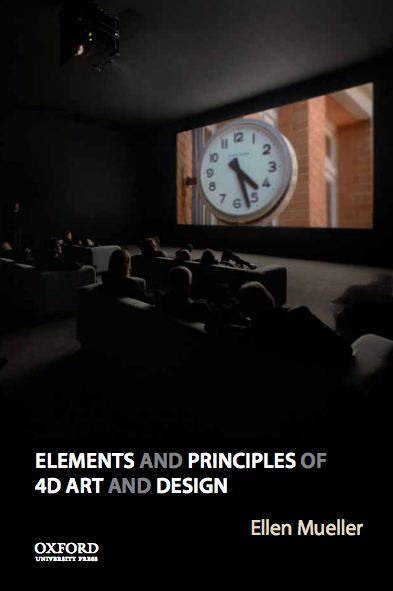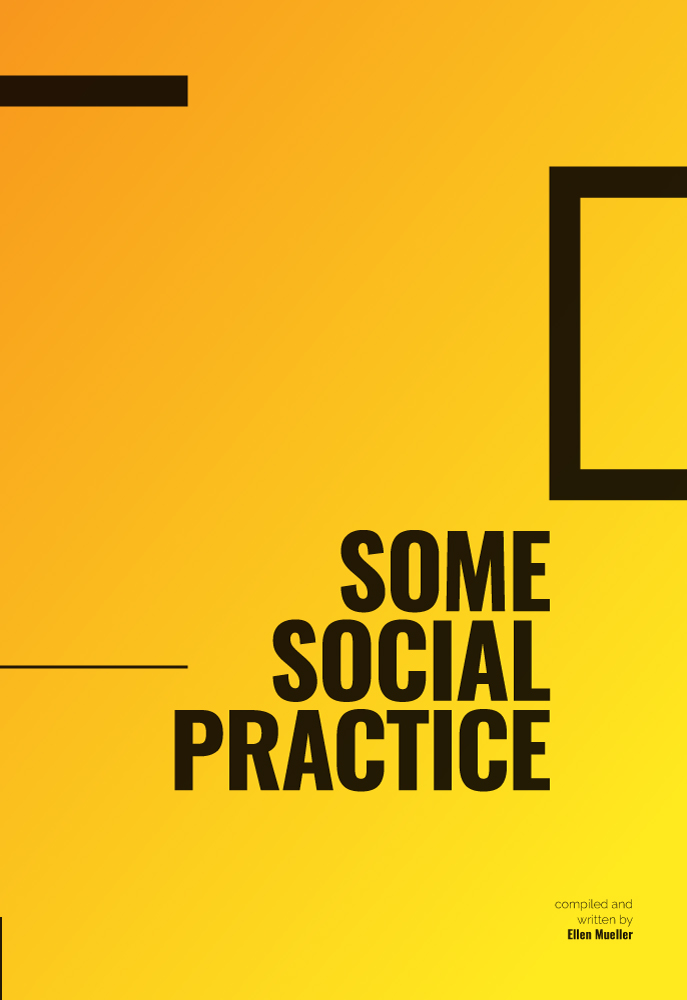Why are we doing this? (objectives)
- Practice researching through a variety of approaches (notes, mapping, photographs, video, drawing)
- Practice brainstorming via thumbnail creation
- Practice creating two-dimensional formal compositions with obvious and ambiguous figure/ground relationships
- Develop a visual vocabulary via practicing critique/discussion/reflection
- Practice analyzing the principles and elements of design through oral and written critique
- Practice technical craftsmanship skills through the creation of artworks
For this assignment you will observe and document public places in your daily environment. You will be looking at and analyzing visual relationships such as the differences between natural and manmade space. Using your research as inspiration you will create four black and white figure-ground collages (stable and ambiguous). The objective is to invent, explore and simplify visually descriptive design possibilities through the use of positive and negative space.
Materials
This project involves a lot of paper cutting. Artists and designers use X-Acto knives to cut paper (no scissors). Thus, we are going to practice our X-Acto skills.
We will all execute this worksheet until we successfully complete it (expect to repeat the process many times over). For some, this version of the worksheet may be helpful (it has full sheets of each individual challenge in case you want to practice a particular exercise). Everyone will receive 2 copies of the worksheet – after that, you can print off additional copies as necessary.
Other materials: pencil/eraser, black markers, Bristol board, black paper, scissors, xacto knife, ruler/triangle, rubber cement glue and Pickup Square. Computer and/or phone/camera may be used to create research documents.
Process
- Take notes on this presentation going over vocabulary
- Successfully complete this Xacto worksheet (no mistakes). Students will repeat this exercise as many times as necessary to build their hand-skills.
- Ensure you have 4 pieces of Bristol board: 8.5 x 11 inches (you will create6.5″ x 9″ compositions in the center of each piece of Bristol)
- Choose an exterior public place to observe (from the neighborhood around the Star Store). Look for a place that has contrast between natural and man-made structures. You will visit these places during class and outside of class on your own time.
- While you are at that location, make a word list and describe all sensory observations — note everything such as sound, scent, light, shapes, lines, color and their relationship to each other. Spend time watching everything that happens, keeping track of everyone who passes by or stops or does anything in the space. Take notes, map the space, take photographs, take video, draw.
- Compose a minimum two-paragraph description of one of the places you will be depicting in this project (you will submit this part of the assignment online.) Answer these questions in your writing: What is the purpose of the space? What is emphasized (form or function)? How do people interact with it? You will give a brief verbal presentation of your paragraph, supported by your visual research and sketches.
- Make at least 12 thumbnails sketches of your place in your sketchbook. Draw whatever you see. Observe from various viewpoints. Draw quickly, without thinking or worrying about the quality of the drawing. Simplify and abstract forms.
- We will break into small groups to present findings/sketches to classmates, and collect feedback through critique. Lead your classmates through your observations and what you took away from the experience.
- Based on the critique feedback, choose the 6 most successful thumbnail sketches that exhibit a interesting composition. Redraw these 6 compositions at actual scale (6.5 x 9 inches) transforming/simplifying shapes. Use black marker to fill in shapes. Consider cropping thumbnails to transform the composition.
- From those 6 marker-drawings, select (2) obvious figure / ground relationships and (2) ambiguous figure/ground relationships. The shapes can be organic or geometric. Transfer them using pencil and tracing paper onto black paper, then cut out the shapes. Erase pencil lines. Rubber cement cut pieces onto Bristol board, clean up excess glue. Remember that craftsmanship is crucial—take your time.
- Critique (in class)
- Reflection (online)
Grading
5pts – xacto worksheet
2pt – 2-paragraphs about the neighborhood
2pts – followed directions/used class time wisely
2pts – explored variations/options (didn’t just go with first impulses)
2pts – ability to use, analyze, and critique elements/principles of design throughout
2pts – craft
8pts – reflection
